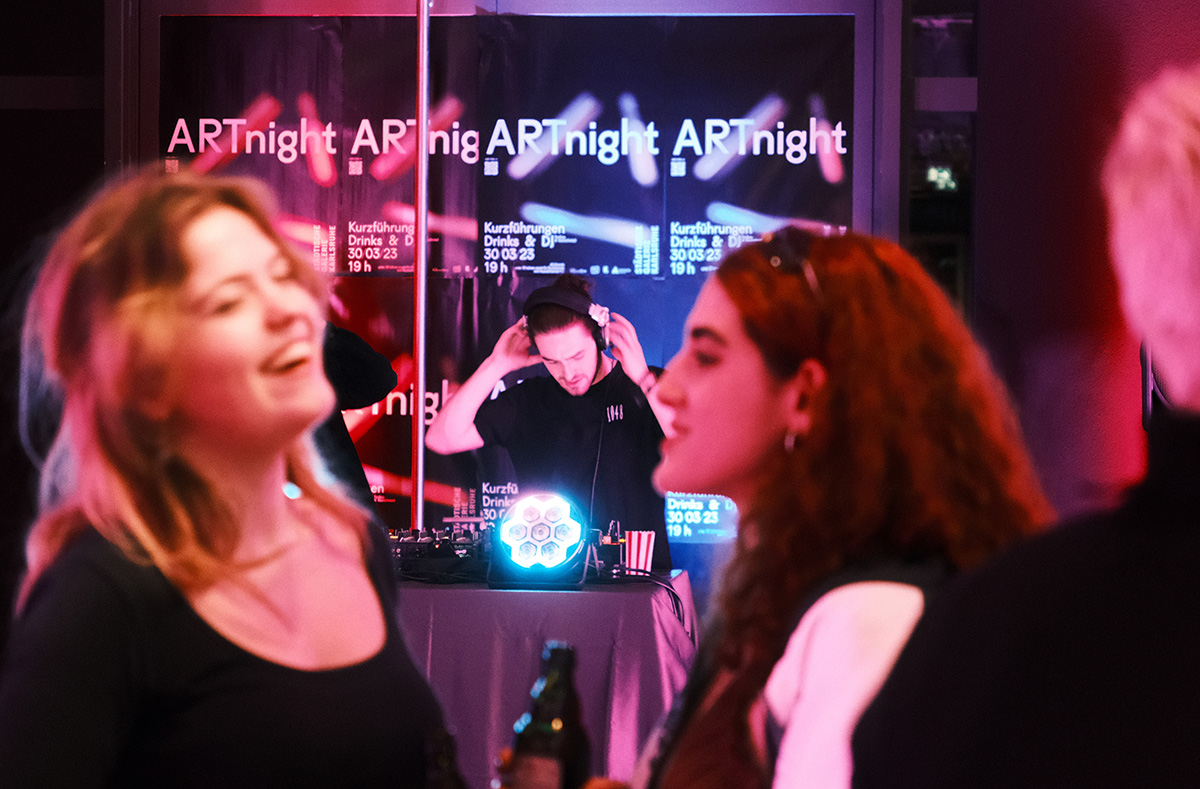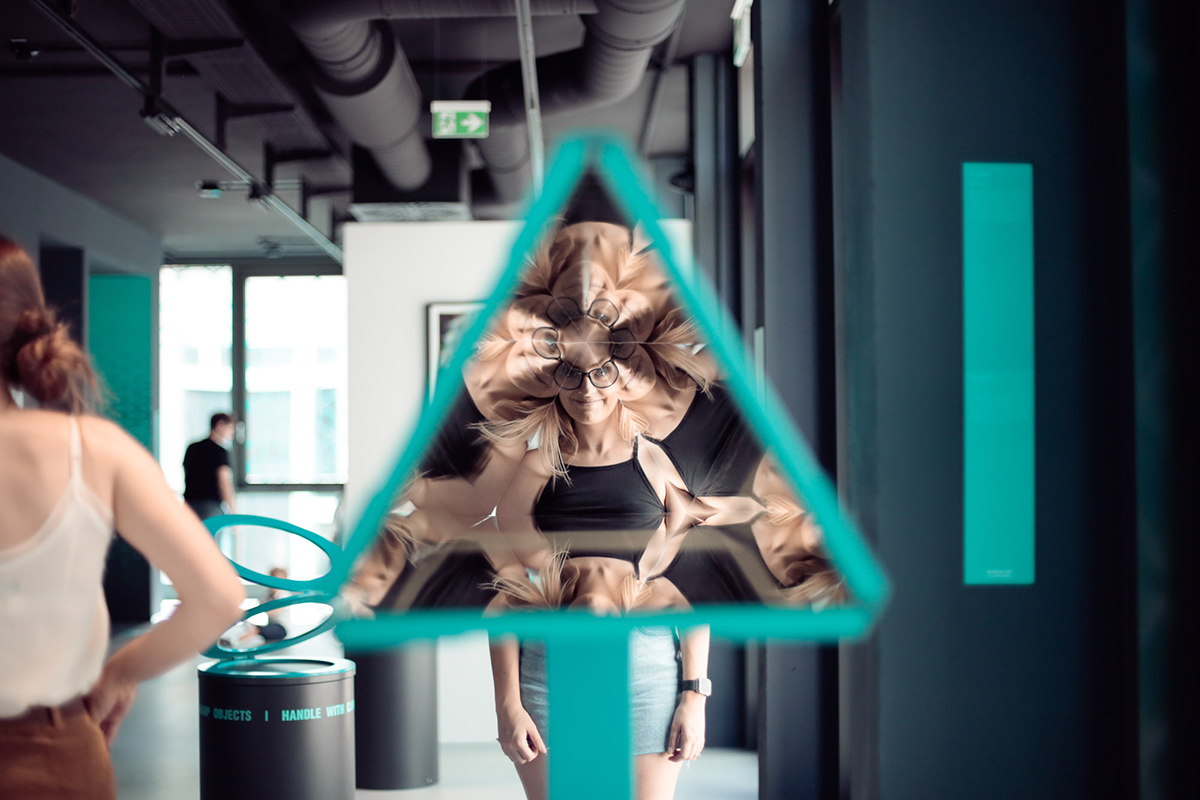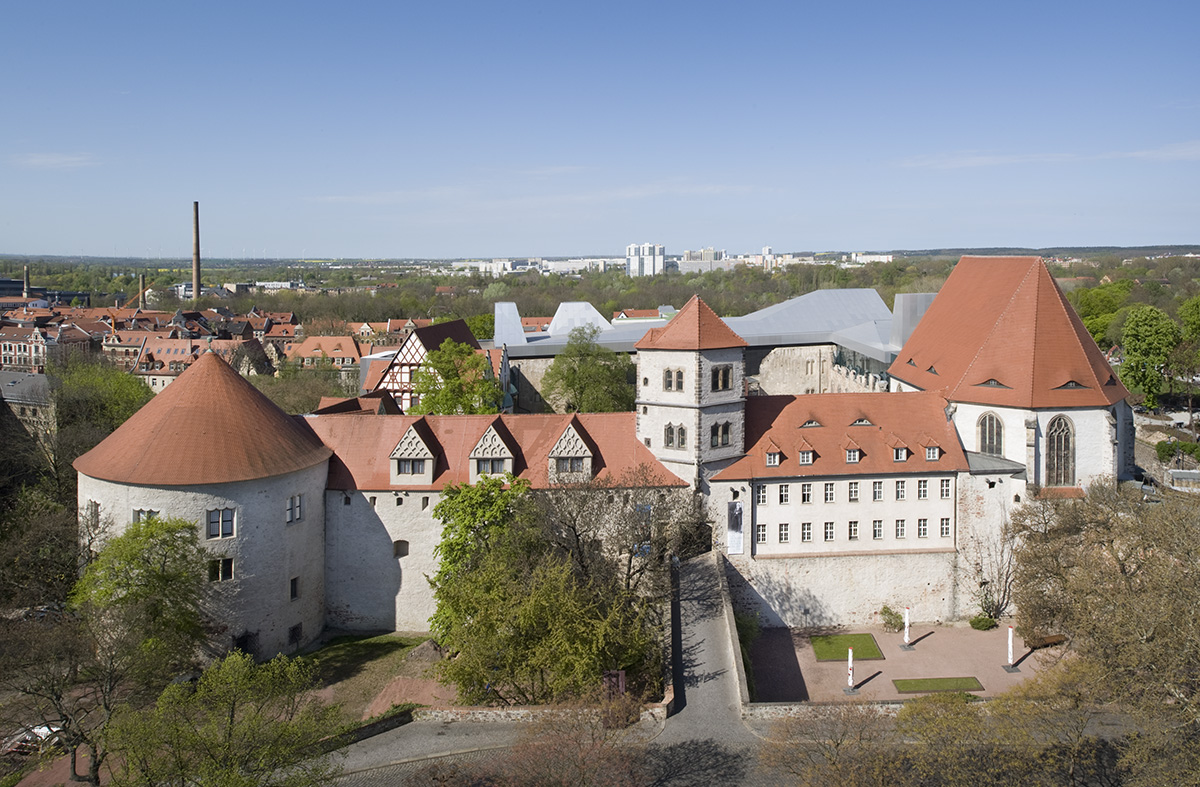Museum Altes Zeughaus

Armed with history
TEXT: CORNELIA BRELOWSKI | PHOTOS © MUSEUM ALTES ZEUGHAUS SOLOTHURN
The Museum Altes Zeughaus armoury museum in Solothurn is unique in combining shell and content, as the 17th-century building was built to serve as the city’s arsenal to hold the personal weapons of the Solothurn citizens as well as forming a symbol for the defensive potential of the city state.
The listed building today shows weapons, armour and objects relating to the conflictual past of the Swiss people and the mercenary system. One of the largest displays of its kind in Europe, the second floor houses an impressive exhibit of 300 armours alone.
A recent ‘complete makeover’ over the course of two years displays the Zeughaus history in a newly polished outfit, allowing visitors to enjoy both the vast halls and the collection in a new light. The ground floor houses not only the heavy armoury, but also a gigantic painting depicting the Solothurn politician Niklaus von Wengi who put himself in front of a canon in 1533; thus preventing the escalation of a conflict between Catholics and Reformers. This contrasting display is the first one inviting to reflect on the two poles of war and peace.
The first floor will take you into the early times of the Swiss confederation and the challenge of preserving peace. Three mirror-clad cabins provide reflections on the nature of conflict and solution, inviting visitors to draw their own conclusions and voice their opinions. In addition, display depots on both the ground and first floors explain different types of weaponry and their technical development.

The Züghusjoggeli.
The second floor presents an astonishing collection of 300 armours, an installation that inspires its own reflections on the role of Solothurn citizens as protectors of their home town but also as mercenaries abroad. The third floor offers space for special exhibitions and events.
The Altes Zeughaus museum has existed since 1907 when a second, new arsenal was built in Solothurn, making the operation of the old Zeughaus as armory redundant. However, the building has been showing displays ever since the 18th century. In fact, the old armories have been part of the Solothurn attractions for centuries. For example, as one of the oldest Swiss figure group displays, the ‘1481 Stans hearing’ dates back to 1845. The Stans hearing generated the Edict of Stans, drafted to resolve conflicts within the Swiss confederation. More or less, this display is unchanged and has been on display for more than 150 years at the Altes Zeughaus museum.
All people interested in cultural history, armory and the big themes of war and peace are fascinated by a place like the Museum Altes Zeughaus. Also, families are among the guests. Curator and co-director Claudia Moritzi states: “In general, anyone interested in historic development and the themes of war and peace in particular will find themselves just in the right place at our museum.”
Next year, a special exhibition will deal with the effects of World War One on Switzerland. 2018 marks the centenary of both the end of the Great War and of the Swiss Landesstreik labour strikes in November 1918. The strikes where a direct result of the Europe-wide state of uncertainty during and after the war, which in turn led to social and political upheavals in Switzerland as well, threatening both social cohesion and federal stability. The exhibition will explore how the socio-political reactions on these upheavals have shaped Swiss politics until today, as well as analysing the role of Solothurn during this challenging period.

The 1481 Stans hearing: one of the oldest Swiss museum displays.
When visiting picturesque Solothurn, do not miss out on the newly polished historical surroundings of the Altes Zeughaus museum. Be greeted by the literally spitting image of the Züghusjoggeli, explore Early Modern arms and armors and reflect on war and peace in European history in one of the mirror-clad cabins. Wander through halls of old armory and muse on the miracle of the handicraft and forging art of past centuries. A current special exhibition puts a critical light on the role of Swiss mercenary troops during colonial times, revealing that Swiss mercenaries did not only support the King of France, but in fact were serving emperors all over the world.
With its spacious halls, wooden columns and panelled ceilings, the Museum Altes Zeughaus is the perfect place to reflect on how war and peace have shaped a neutral nation throughout European history.
Subscribe to Our Newsletter
Receive our monthly newsletter by email




